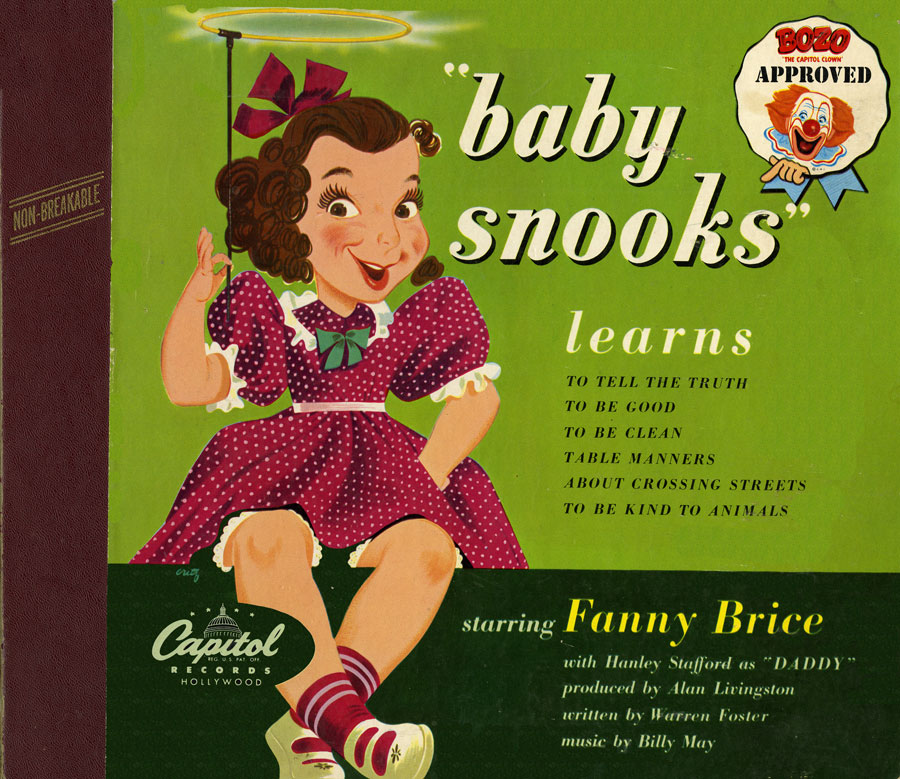 You might be able to imagine the excitement that is generated at the Judaica Sound Archives whenever we uncover a genuine piece of history. Today I will share with you three 78 rpm albums from the Jack Saul Collection which have sitirred up some nostalgia here at the JSA.
You might be able to imagine the excitement that is generated at the Judaica Sound Archives whenever we uncover a genuine piece of history. Today I will share with you three 78 rpm albums from the Jack Saul Collection which have sitirred up some nostalgia here at the JSA.
(1) Fanny Brice starred in the Ziegfeld Follies in the 1920s and 1930s. A pioneer female comic, she was one of the most popular Jewish entertainers of her day. And her fame became even greater when Barbra Streisand played the starring role in Brice’s life story, “Funny Girl” (1968). From 1938 until her death in 1951 Brice had an incredibly successful radio show based on just one character, Baby Snooks, a precocious, bratty toddler. This album of three double-sided 78 rpm recordings was produced in 1949 on the Capitol Records label.
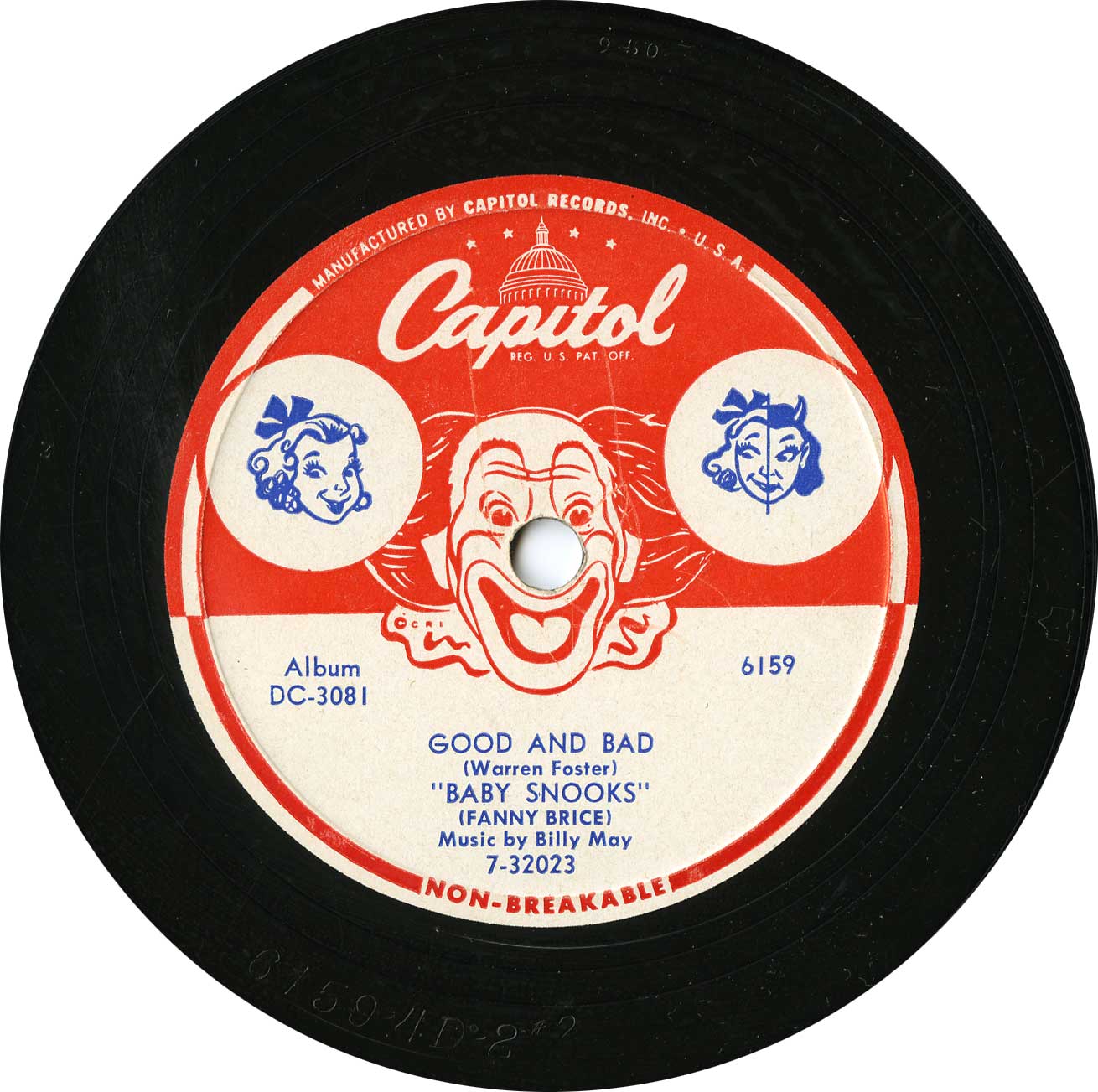
[audio:http://rsa.fau.edu/blog/wp-content/uploads/2009/10/Good-And-Bad-Snippet.mp3]
Click here to play a non-downloading snippet from this album.
(2) Born in Brooklyn, NY as Moishe Miller Robert Merrill became one of the Metropolitan Opera’s most 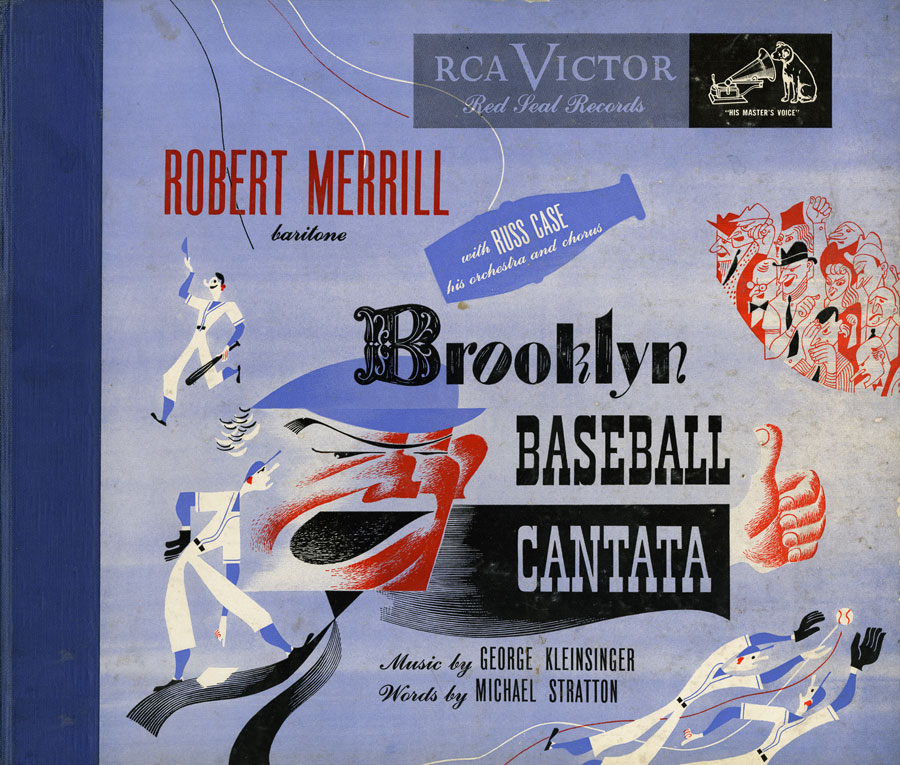 enduring and acclaimed baritones. He was also a famous baseball fan who often sang the National Anthem on opening day at Yankee Stadium.
enduring and acclaimed baritones. He was also a famous baseball fan who often sang the National Anthem on opening day at Yankee Stadium.
In 1948 he recorded Brooklyn Baseball Cantata about an imagined World Series game between the Brooklyn Dodgers and the Yankees. Unlike the real world where the Dodgers consistently blew their chances, in this imaginary game the Dodgers were the winners! Fantasy became reality in 1955 when the Brooklyn Dodgers did actually beat the NY Yankees to win the World Series for the first and only time. This album of two double-sided 78 rpm recordings was produced on the RCA Victor Red Seal label. The sheet music, produced by Mills Music, which originally sold for $1.25 is included.
[audio:http://rsa.fau.edu/blog/wp-content/uploads/2009/10/Baseball-Cantata-Snippet.mp3]
Click here to play a non-downloading snippet from this album.
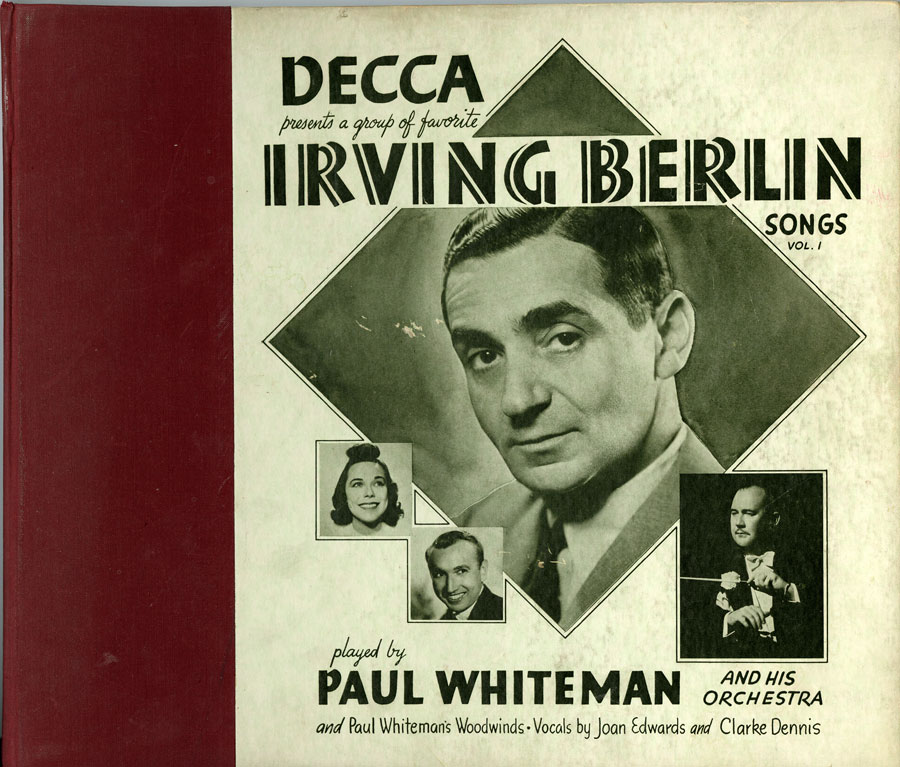 (3) Paul Whiteman secured his place in history in 1924 when he commissioned and introduced George Gershwin’s Rhapsody in Blue. Irving Berlin has been called “the greatest of American popular composers.” Born in Russia (1888), the family left for America when their home was burned to the ground. So it was in a crowded tenenment on Cherry Street in New York’s lower East Side that Irving Berlin (born Baline) grew up. His first big hit came in 1911 (Alexander’s Ragtime Band). He has written more than a thousand popular songs. During World War I his song, Oh, How I Hate To Get up In The Morning, became an anthem for the ordinary foot soldier.
(3) Paul Whiteman secured his place in history in 1924 when he commissioned and introduced George Gershwin’s Rhapsody in Blue. Irving Berlin has been called “the greatest of American popular composers.” Born in Russia (1888), the family left for America when their home was burned to the ground. So it was in a crowded tenenment on Cherry Street in New York’s lower East Side that Irving Berlin (born Baline) grew up. His first big hit came in 1911 (Alexander’s Ragtime Band). He has written more than a thousand popular songs. During World War I his song, Oh, How I Hate To Get up In The Morning, became an anthem for the ordinary foot soldier.
The song became the band’s signature tune. Produced on the Decca label in 1939, Volume 1 of this collection of George Gershwin’s most popular tunes consists of five double-sided 78 rpm recordings and includes: All Alone, Remember, Easter Parade, and How Deep Is The Ocean. Volume 2, also consisting of five double-sided 78 rpm recordings includes: Alexander’s Ragtime Band, What’ll I Do, Blue Skies, and A Pretty Girl Is Like A Melody.
[audio:http://rsa.fau.edu/blog/wp-content/uploads/2009/10/All-Alone-Snippet.mp3]
Click here to play a non-downloading snippet from this album.
PLEASE NOTE: In accordance with US Copyright Laws these recordings are NOT featured on the JSA website (www.fau.edu/jsa). For further information about these or other recordings in the Jack Saul Collection, please contact the Judaica Sound Archives at Florida Atlantic University Libraries (561-297-0080).
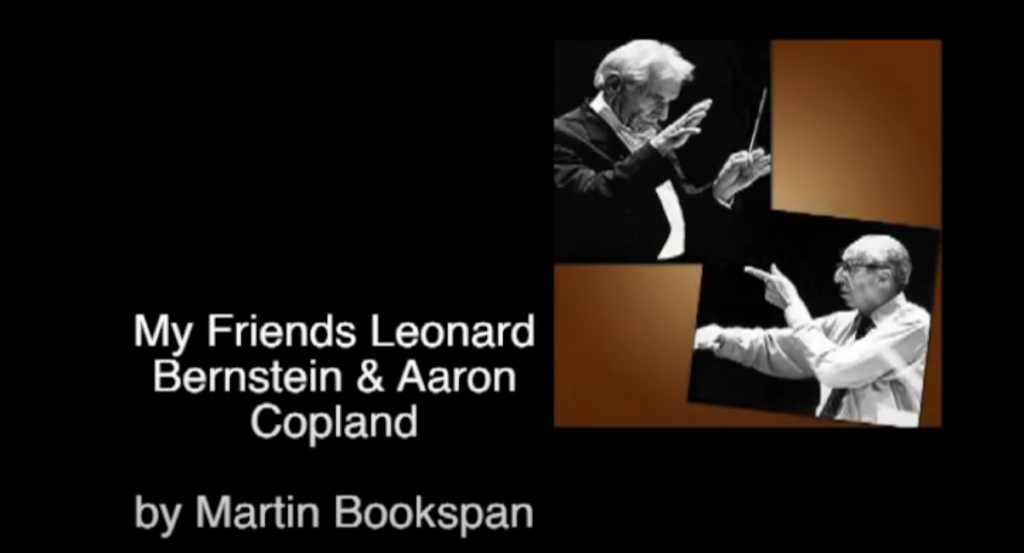 Martin Bookspan had life-long friendships with two great classical music geniuses, Leonard Bernstein and Aaron Copland.
Martin Bookspan had life-long friendships with two great classical music geniuses, Leonard Bernstein and Aaron Copland.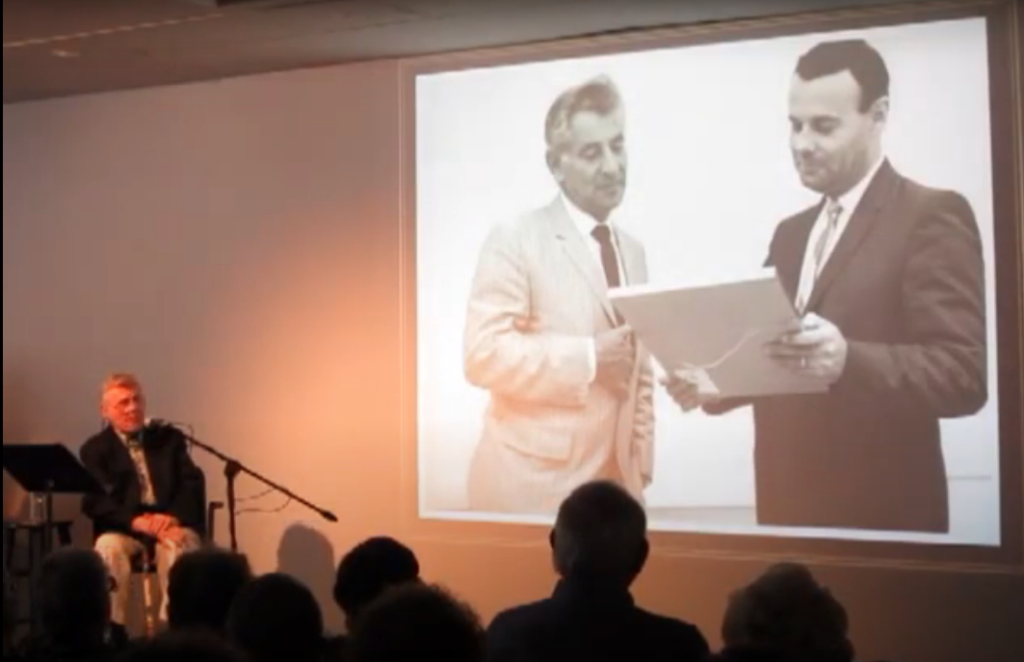
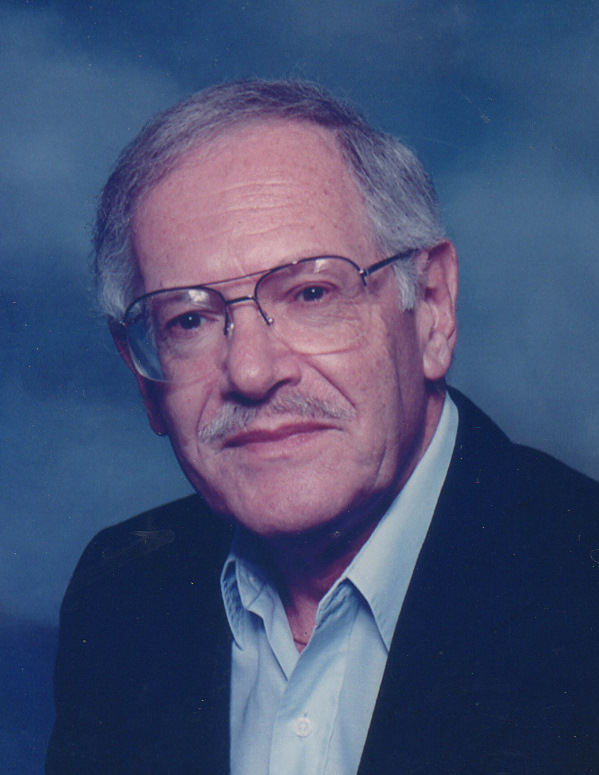
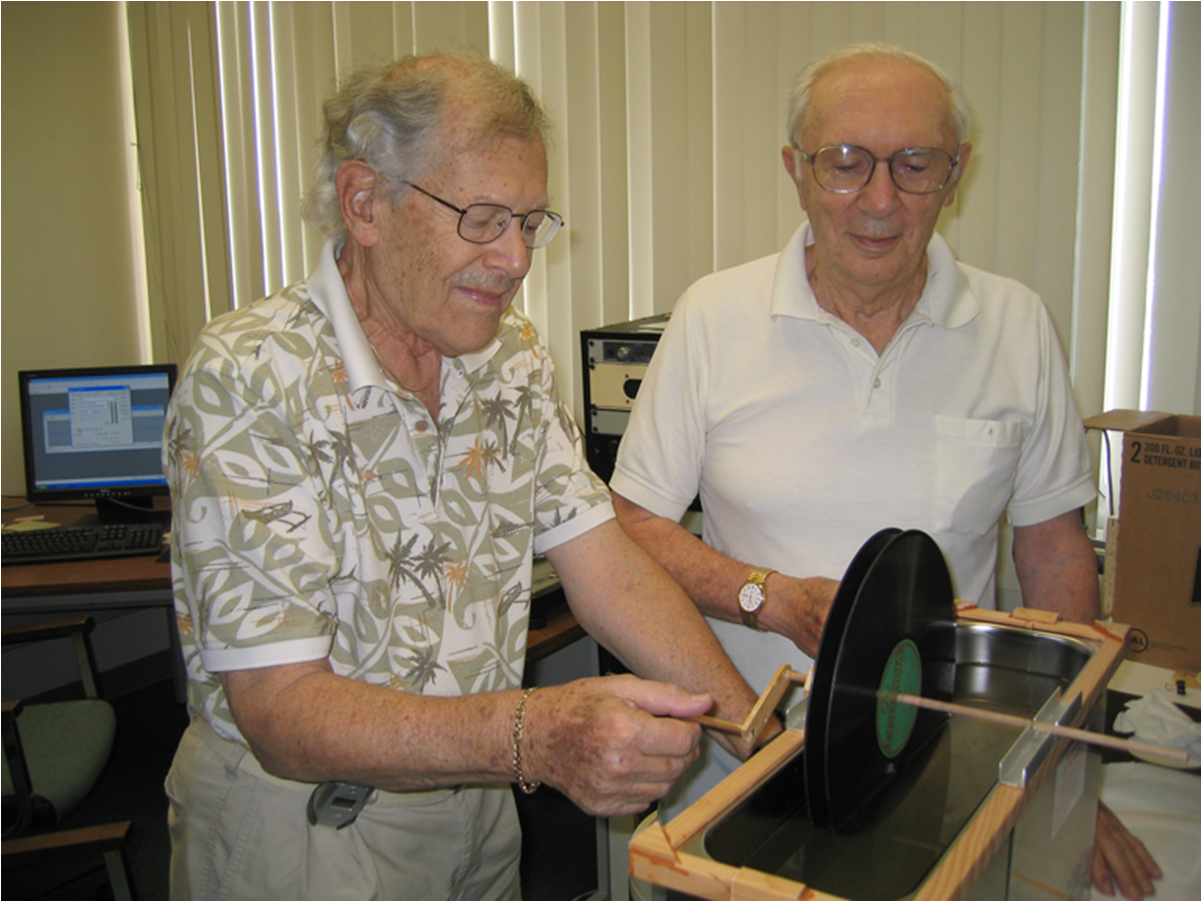
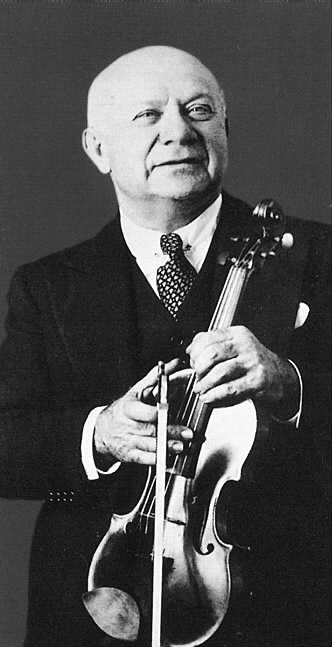
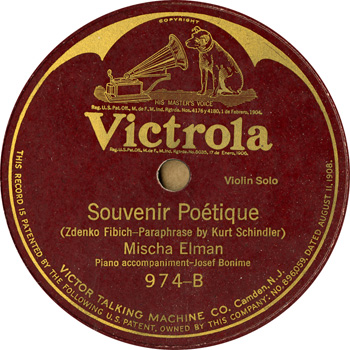
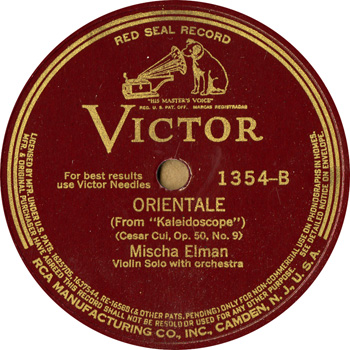
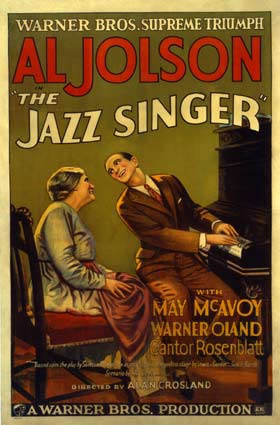

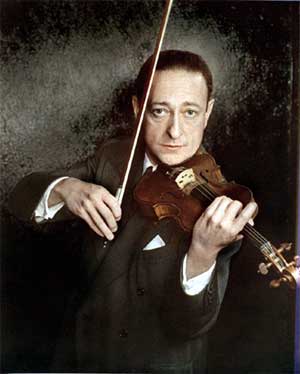
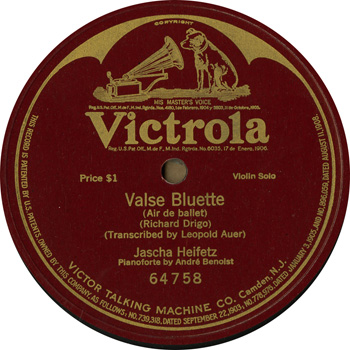
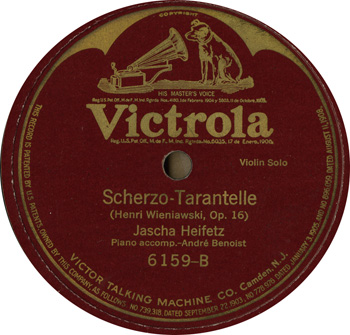
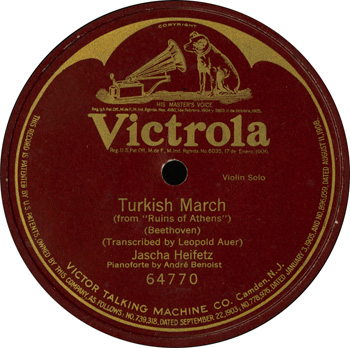
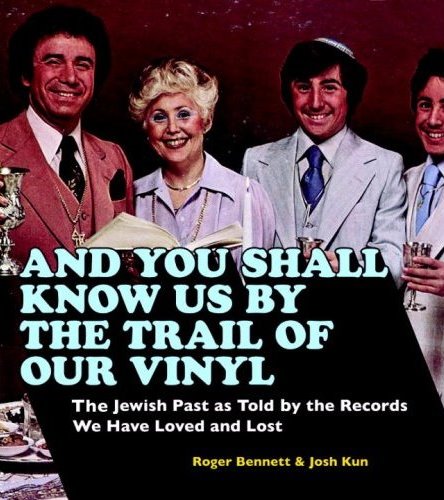
 You might be able to imagine the excitement that is generated at the Judaica Sound Archives whenever we uncover a genuine piece of history. Today I will share with you three 78 rpm albums from the Jack Saul Collection which have sitirred up some nostalgia here at the JSA.
You might be able to imagine the excitement that is generated at the Judaica Sound Archives whenever we uncover a genuine piece of history. Today I will share with you three 78 rpm albums from the Jack Saul Collection which have sitirred up some nostalgia here at the JSA.
 enduring and acclaimed baritones. He was also a famous baseball fan who often sang the National Anthem on opening day at Yankee Stadium.
enduring and acclaimed baritones. He was also a famous baseball fan who often sang the National Anthem on opening day at Yankee Stadium. (3) Paul Whiteman secured his place in history in 1924 when he commissioned and introduced George Gershwin’s Rhapsody in Blue. Irving Berlin has been called “the greatest of American popular composers.” Born in Russia (1888), the family left for America when their home was burned to the ground. So it was in a crowded tenenment on Cherry Street in New York’s lower East Side that Irving Berlin (born Baline) grew up. His first big hit came in 1911 (Alexander’s Ragtime Band). He has written more than a thousand popular songs. During World War I his song, Oh, How I Hate To Get up In The Morning, became an anthem for the ordinary foot soldier.
(3) Paul Whiteman secured his place in history in 1924 when he commissioned and introduced George Gershwin’s Rhapsody in Blue. Irving Berlin has been called “the greatest of American popular composers.” Born in Russia (1888), the family left for America when their home was burned to the ground. So it was in a crowded tenenment on Cherry Street in New York’s lower East Side that Irving Berlin (born Baline) grew up. His first big hit came in 1911 (Alexander’s Ragtime Band). He has written more than a thousand popular songs. During World War I his song, Oh, How I Hate To Get up In The Morning, became an anthem for the ordinary foot soldier.